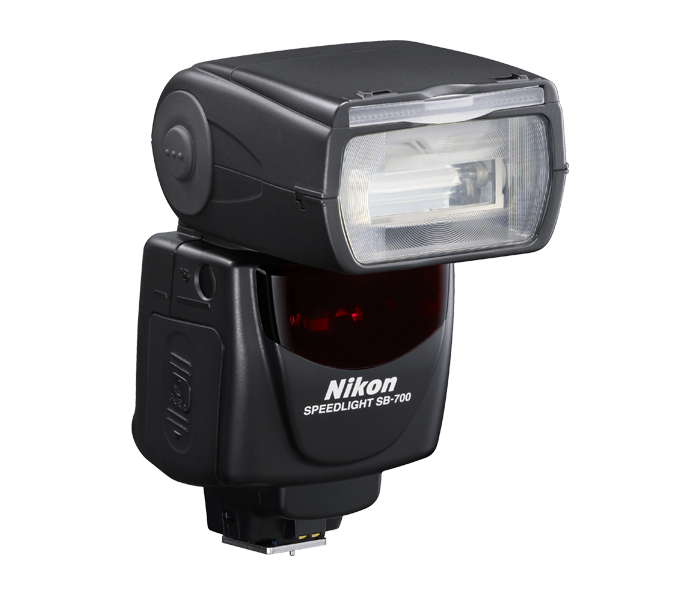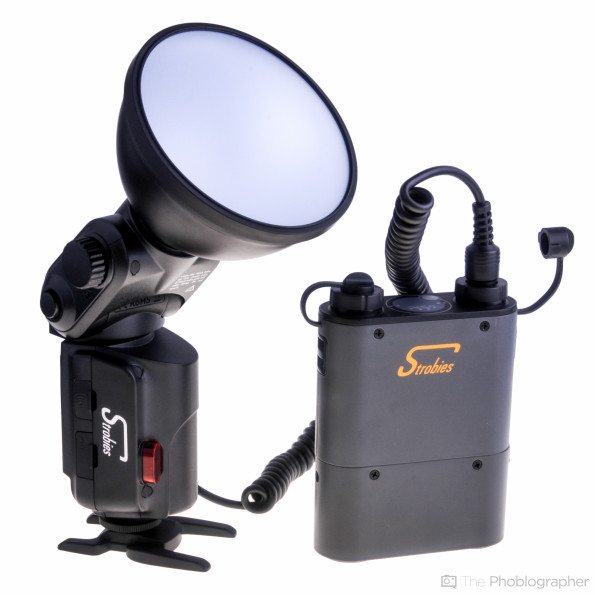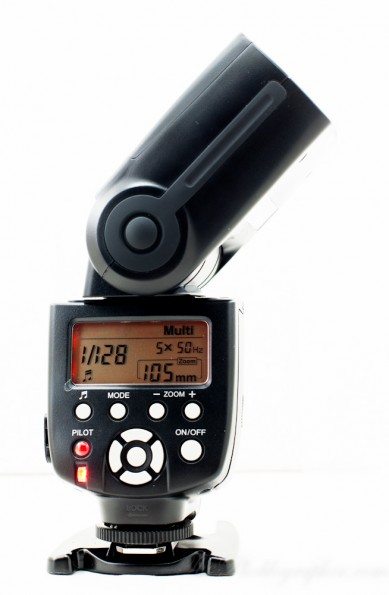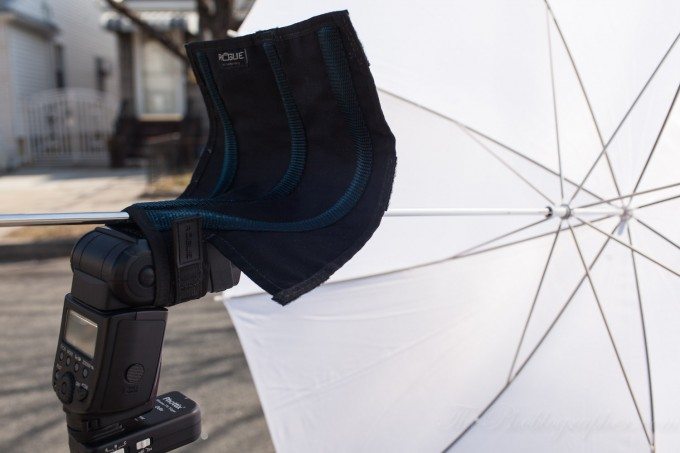 Many think of flash as a tool you use only when there isn’t enough available light to shoot with. If it’s dark, simply pop up the built-in flash and make the photograph. Never mind that the photographs don’t look especially good. The direct, hard lighting a speedlight delivers may not produce fine-art, but at least it ensures that we got something usable. However, flash can be an incredible creative tool especially when you have the flexibility of an external flash to work with. It’s an investment that provides more than just power, but choices that can improve the look of a photograph.
Many think of flash as a tool you use only when there isn’t enough available light to shoot with. If it’s dark, simply pop up the built-in flash and make the photograph. Never mind that the photographs don’t look especially good. The direct, hard lighting a speedlight delivers may not produce fine-art, but at least it ensures that we got something usable. However, flash can be an incredible creative tool especially when you have the flexibility of an external flash to work with. It’s an investment that provides more than just power, but choices that can improve the look of a photograph.
Higher Position
With the flash head at a greater distance from the lens than the built-in flash, you eliminate the issue of a shadow being cast by the end of the lens or the lens hood. It provides even coverage for the entire frame.
Red Eye Reduction
Though a camera may fire a pre-flash or pre-light before the actual exposure to help prevent red-eye, having the flash at a more acute angle in relation to the lens helps reduce red eye as well. 
Wide-Angle Coverage
The coverage provided by a built-in flash is often not sufficient when using ultra -wide angle lenses such as 24mm and wider. Many external speedlights feature a diffusion panel that increases the angle of coverage.
Tilt and Rotate
The ability to tilt and rotate the speedlight head allows you the ability to bounce the flash off a ceiling or wall. The result is a softer, more diffused quality of light that is a vast improvement over the hard, direct illumination provided by a straight-on flash.
More Power
The effective range of a built-in flash at ISO 200, may be approximately 12-18 feet depending on your choice of aperture. An external speedlight provides greater reach for subjects that are further away, without necessarily having to increase the ISO or use a wider aperture. 
Conserve Camera Battery
If you use the built-in flash a lot, you are draining power from your camera’s battery. An external speedlight uses alkaline, lithium or rechargeable AAs to deliver power. This also results in faster recycling times.
Off-Camera Flexibility
To get away from the straight-on flash look, a speedlight can be used off camera using a TTL-tethered cable or a wireless system. This provides for more creative lighting with the speedlight positioned off-axis to the camera, creating images with greater depth.
High-Speed Sync
For those times when you need to use a speedlight under bright sunny conditions, high-speed sync offers the ability to shoot at shutter speeds faster than the camera’s standard flash sync speed. This gives you the power to control contrast and bring out important shadow detail.
Light Modifiers
The speedlight provides the choice to use light modifiers like umbrellas and softboxes to create softer, more pleasing sources of illumination for your photographs.
Creative Control
The added flexibility offered by an external speedlight allows you to control the light as you see fit, rather than being relegated to the physical build of the camera. You can move between direct hard illumination to a soft, diffused look. It’s all in your control.


